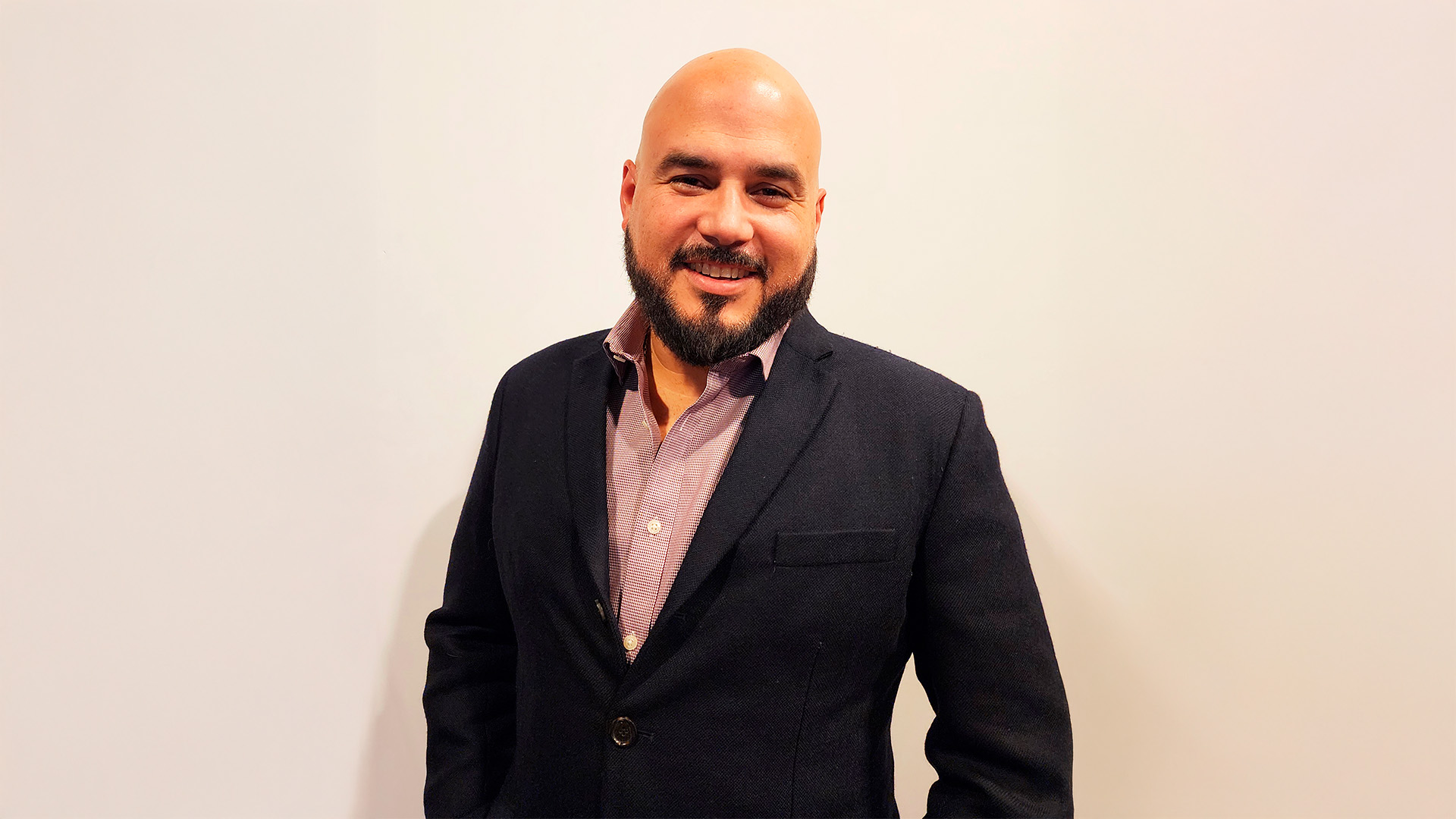The business of winning contracts often comes down to one thing: who can respond fastest with the best proposal. While most companies struggle with lengthy RFP processes that drain resources and slow growth, McGill University professor and digital innovator Luis Antonio Diaz saw an opportunity. By bringing AI to proposal generation, he’s helping businesses transform a time-consuming challenge into a competitive advantage, giving companies of all sizes a shot at winning bigger contracts.
Where Technology Meets Business Reality
Walking the line between academia and business gives Luis a unique view of where systems break down. As an instructor in graduate studies at McGill University and the leader of Blü Creative agency, he’s seen how technology can bridge gaps others miss. “I’ve spent my career at the intersection of technology, business strategy, and digital transformation,” he explains, pointing to years spent building digital solutions for organizations. His agency, Blü Creative, caught attention for making waves in digital accessibility and AI automation. But it was a common headache that led to his biggest breakthrough: the mind-numbing process of responding to RFPs.
Understanding the Real Cost of RFPs
Nobody likes paperwork, but RFPs take it to another level. “Traditionally, a single proposal can take anywhere from 80 to 120 hours,” Luis points out. That’s not just pushing paper – it’s pulling in technical writers, designers, project managers, and financial analysts. The whole process eats up time and money most businesses can’t spare. And it’s getting worse. “This isn’t just a challenge for government contracts anymore,” Luis notes. “More organizations, including private enterprises, are adopting formal RFP processes, making quick estimates a thing of the past.” Businesses face a tough choice: skip opportunities or burn out their teams trying to keep up.
Three Problems Nobody Was Solving
Luis breaks down the RFP challenge into three pieces that kept showing up across industries.
Time and Resource Drain
First, there’s the staffing nightmare. Most companies don’t have dedicated proposal teams, so they end up pulling key people off important work just to handle RFPs. The constant juggling of resources creates a ripple effect, disrupting core business operations and stretching teams thin. This inefficiency costs businesses not just time, but also opportunities for growth and innovation.
Quality vs. Quantity: A Costly Trade-off
Then there’s what Luis calls the “Volume vs. Quality Dilemma.” Simple math says more proposals mean more chances to win contracts. But with limited resources, companies get stuck choosing between quality and quantity. The pressure to maintain high standards while increasing output creates a constant tension that many businesses struggle to balance.
Small Business Lockout
The third problem hits close to home for smaller businesses. “Many small businesses simply don’t have the bandwidth to compete for large contracts because they lack the manpower to create professional, competitive proposals,” Luis explains. They’re locked out of opportunities before they even start. This barrier to entry keeps promising companies from competing on a level playing field, limiting both their growth potential and market innovation.
Automating Proposal Creation with AI
That’s where Offerio.AI comes in. Instead of accepting the old “that’s just how it’s done” approach, Luis built something new. The system uses AI to handle the heavy lifting of proposal generation, from analyzing requirements to building structured responses. The results speak for themselves. “At Blü Creative, we’ve reduced our proposal creation time average from 120’ish hours to just under 10 hours,” Luis shares. For simpler projects, the system can turn around proposals even faster. “Some of the tests we have done for specific products or short service based proposals can be automated and delivered within seconds!”
For Luis, this isn’t just about building better software – it’s about leveling the playing field. When smaller businesses can compete for bigger contracts, everybody wins. The old way of handling RFPs kept too many good companies out of the game. By fixing that one piece of the puzzle, Luis is helping change who gets to play. The paperwork isn’t going away anytime soon. But thanks to people like Luis, it might not have to be such a headache anymore. Sometimes the biggest innovations come from fixing the problems everybody else just learned to live with.
OfferioAI’s Roadmap
“Where to next? What is the next feature you will build next? That is the constant question I get asked all the time” In addressing proposal creation, Luis believes there are key opportunities to level the playing field for strong service providers, not just good writers who only build proposal. “One of the biggest groups we are getting requests from are government offices themselves. They would like a tool that helps them match proposals to their core project requirements” explains Luis. As more and more companies join the RFP proposal bandwagon, government procurement officers are drowning in proposals. The potential decision fatigue that comes from the mind-numbing work of triaging received proposals means that certain strong proposals may not make the initial cut because they were too technical or not technical enough. “It’s all about the background and workload of the procurement officer that initially reviews your file. For sure there are requirements to meet, and procurement agents have strict guidelines to follow, but they are still human, and as such, it’s inevitable for good proposals to fall through the cracks.” concludes Luis. “A government version of OfferioAI is in the plans, as procurement officers can immensely benefit from AI automation in the procurement world.”
To learn more about how Offerio.AI is transforming RFP processes or to discuss digital transformation strategies, connect with Luis Antonio Diaz at www.offerio.ai or on LinkedIn.










